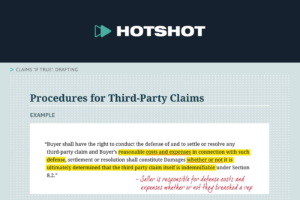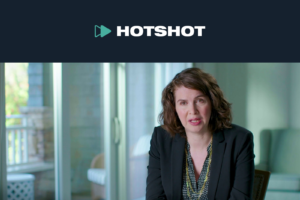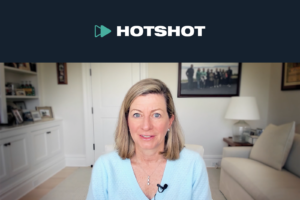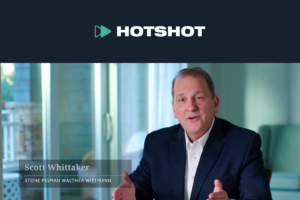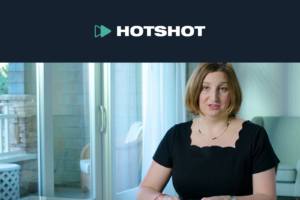This is a summary of the Hotshot course “Fraud Carve-Outs: Drafting,” a look at different approaches to drafting a fraud carve-out in an acquisition agreement. The course includes drafting tips and perspectives from ABA M&A Committee members Tali Sealman from White & Case LLP and Glenn West from Weil, Gotshal & Manges LLP. View the course here.
Drafting Fraud Definitions and Carve-Outs
- This is a typical undefined fraud carve out to an exclusive remedy provision:
Following the Closing, except in the case of fraud (for which no limitations set forth herein shall be applicable), the sole and exclusive remedy of the parties hereto for monetary damages arising out of, relating to or resulting from any claim for breach of any covenant, agreement, representation or warranty set forth in this Agreement, the Disclosure Schedule, or any certificate delivered by a party with respect hereto will be limited to those contained in this Article IX.
(Emphasis added)
- The language in this sample provision says the following:
- Except in the case of fraud, a party’s sole remedy for monetary damages arising from a breach of any covenant, agreement, representation, or warranty in the agreement—and related documents—is limited to the indemnification rights provided under the agreement.
- The indemnification rights are subject to caps and baskets as well as a limited definition of recoverable losses.
- In cases of fraud, none of the limitations provided in the indemnification section will apply.
- This is a buyer-friendly approach to a fraud carve-out because it leaves the definition of fraud open to interpretation.
- It gives the buyer lots of options when bringing a fraud claim.
- However, leaving fraud undefined raises several questions:
- What type of fraud is included?
- Which statements can form the basis of a fraud claim?
- Whose knowledge matters?
- Who can be held liable?
- What type of claim can be brought for fraud? A tort-based claim or an uncapped indemnification claim?
- To avoid the unintended consequences that can occur when the above questions are left unanswered, parties typically define what counts as “fraud.”
- This can be done in the carve-out to the Exclusive Remedy provision itself or as a defined term that’s referred to in the carve-out.
Sample Provision Defining “Fraud” in the Exclusive Remedies Provision
Except in the case of claims of intentional common law fraud respecting the express representations and warranties set forth in this Agreement and asserted against the Person who knowingly committed such intentional common law fraud, claims for indemnification brought in accordance with and subject to this Article IX shall be the sole and exclusive remedy of any Indemnitee for Losses from and after the Closing Date with respect to any claim arising from, based upon, or related to this Agreement (whether in contract or tort).
- In this example, the type of fraud that’s subject to the carve-out is limited to intentional common law fraud.
- So both equitable fraud and common law fraud based on recklessness are not included.
- The types of statements that can form the basis of the fraud are only the reps and warranties actually set forth in the written acquisition agreement.
- This helps eliminate any conflict between the fraud carve-out in this Exclusive Remedy provision and the No-Reliance clause, which says that the buyer isn’t relying on any representations or duties to disclose other than those expressly set forth in the acquisition agreement.
- The provision goes on to specify that only the “Persons”—usually defined as entities or natural persons—who actually committed the fraud can be held liable.
- In other words, only the “Persons” who knew the rep was false when made and caused or allowed that rep to be made anyway would have exposure.
- So under this provision, innocent sellers are not liable for fraud committed by other sellers.
- The provision also limits the carved-out fraud claim to a tort-based claim for common law fraud because it does not expressly preserve an uncapped indemnification claim based on the allegation of fraud.
Sample Provision Where Fraud Is Included in the Definitions Section of the Agreement
“Fraud” shall mean with respect to the Sellers, any intentional common law fraud with respect to the making of the express representations and warranties of the Sellers set forth in Article IV, provided, that any such intentional common law fraud of the Sellers shall only be deemed to exist if any of the individuals identified in the definition of “Knowledge,” as applicable to the Sellers, had actual knowledge (as opposed to imputed or constructive knowledge) that the representations and warranties made by the Sellers in Article IV were actually false when made, with the express intention that Buyers rely thereon to their detriment.
(Emphasis Added)
- Like the first example, this definition addresses most of the major concerns that arise when fraud is undefined.
- It also limits the type of fraud to only “intentional common law fraud” and restricts the types of statements that can form the basis of a fraud claim to the written reps and warranties in the agreement itself.
- In terms of whose knowledge matters, the parties here have specified a “knowledge group.”
- So the actions of any one of the named individuals in the group could result in a fraud claim.
- The definition goes on to require that the named person had actual knowledge that the reps and warranties were actually false when made.
- To understand how this definition works, we have to look at it in the context of the Exclusive Remedy provision. Here’s an example of what that would look like:
Claims for indemnification brought in accordance with and subject to this Article IX shall be the sole and exclusive remedy of any Indemnitee for Losses from and after the Closing Date with respect to any claim arising from, based upon, or related to this Agreement (whether in contract or tort); provided, however that in the case of Fraud, the caps and baskets set forth in this Article IX shall not be applicable.
- The Exclusive Remedy provision says that a party’s sole remedy for a breach is the indemnification rights provided under the agreement, except in the case of fraud with a capital F.
- Unlike the prior example, this provision expressly maintains the right to bring an indemnification-based claim for “Fraud,” but eliminates the caps and baskets otherwise applicable.
- This may or may not be more buyer-friendly depending on the definition of losses and other applicable limitations in the indemnification provision.
- But because “Fraud” has been defined so that all of the Sellers are liable for the fraud of any of the Seller’s Knowledge parties, even though other Sellers may have been innocent, this is more buyer-friendly than the first approach.
- If there are multiple sellers in a deal (for example, a company with many stockholders), this approach is rare since some sellers may be completely passive and have no way of knowing whether the reps and warranties being made by the knowledge parties are accurate.
- This is an example of where the negotiated fraud carve-out, even though well defined, is more expansive than the judicially created, public-policy carve out imposed in many states.
The rest of the video includes interviews with ABA M&A Committee members Glenn West from Weil, Gotshal & Manges LLP and Tali Sealman from White & Case LLP.



